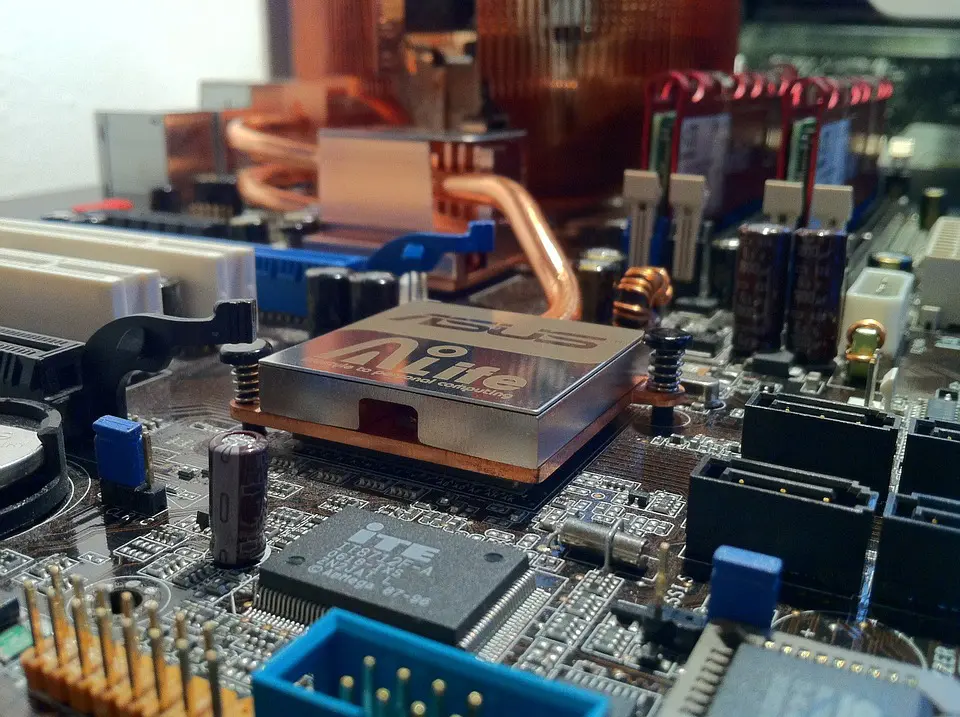A printed circuit board (PCB) is a non-conductive material with printed or etched conductive lines. Electronic components are mounted on the board with the traces connecting the components together to form a circuit assembly. Circuit boards typically use plastic or glass-fiber as well as resin composites with copper traces. Most printed circuit boards are rigid and flat, but there are also flexible substrates that are used to fit into tight, unyielding spaces.
The Beginning
Printed circuit boards date back to the 20th century. The first PCB evolved from printed wires of the early 1900s, but the more modern iteration first emerged after World War II. Charles Ducas first submitted the patent for printed wiring in 1925. His application was for a method of creating an electrical path on an insulated surface, accomplished by printing through the stencil using electrically conductive inks. In 1943, Dr. Paul Eisler of Austria made the first operational printed wiring board. It replaced the bulky wiring of the radio tube.

(Pixabay / AcidCrow)
Early PCBs
The early PCBs used materials such as Masonite, Bakelite, thin wooden board, and layered cardboard. Holes were drilled into the material and flat wires were riveted onto the board. Components were connected by pressing the end of the trace into a hollow rivet while the component’s leads were pressed into the rivet’s open end. At times, nuts and bolts were used instead of rivets. The early version of the PCBs was used for tube type radios and gramophones during the 1920s.
PCBs of the 1950s and 1960s were single-sided, with the circuitry on one side and the components on the other side of the board. PCBs became popular as they were marked improvements over bulky wiring and cables. Their audience expanded when the government began to use them in new weapons and communication equipment.
Evolution of PCB Production
The process that plated copper onto the walls of the drilled holes allowed circuits on both sides of the board to be electrically connected. Copper became the metal of choice because of its low cost and ability to carry electrical current. A patent was issued in 1956 for a process that involved using base material like melamine with a laminated layer of copper foil and a printed plate using acid resistant ink to create the printed wire.
Much has changed since the early production process of PCBs. New techniques were employed to make PCBs with smaller circuitry and spacing to fit into shrinking mobile devices. The manufacture of PCBs remains a dynamic field, inviting new innovation to keep up with the demand for better technologies.
